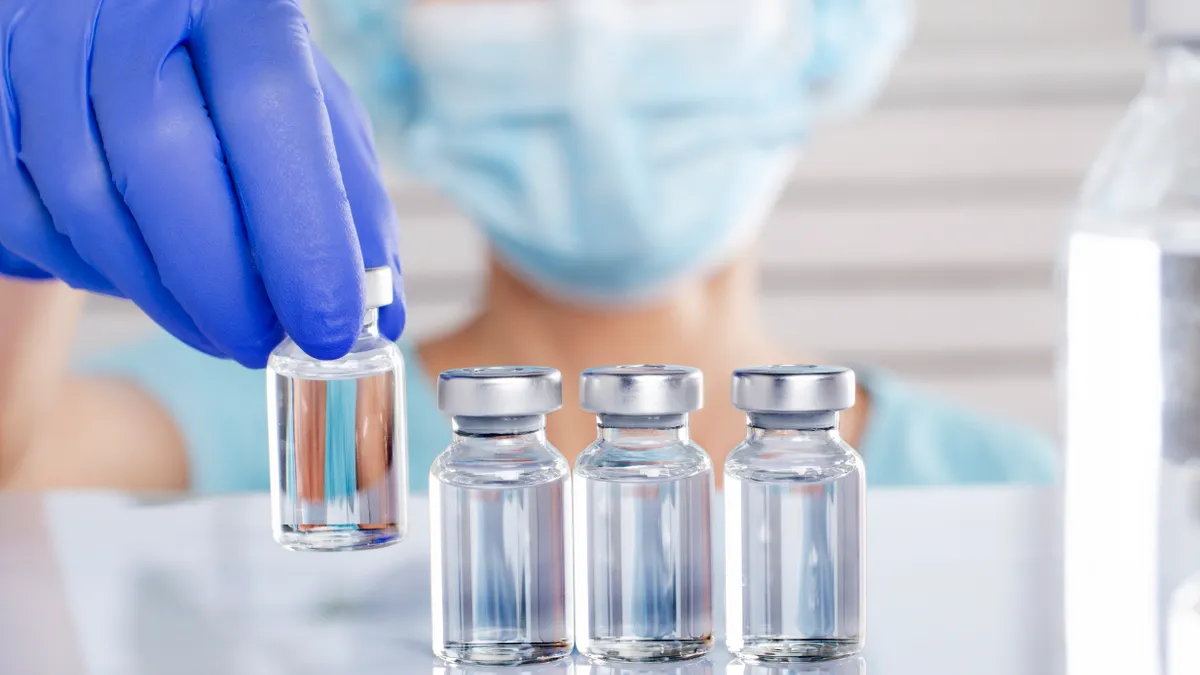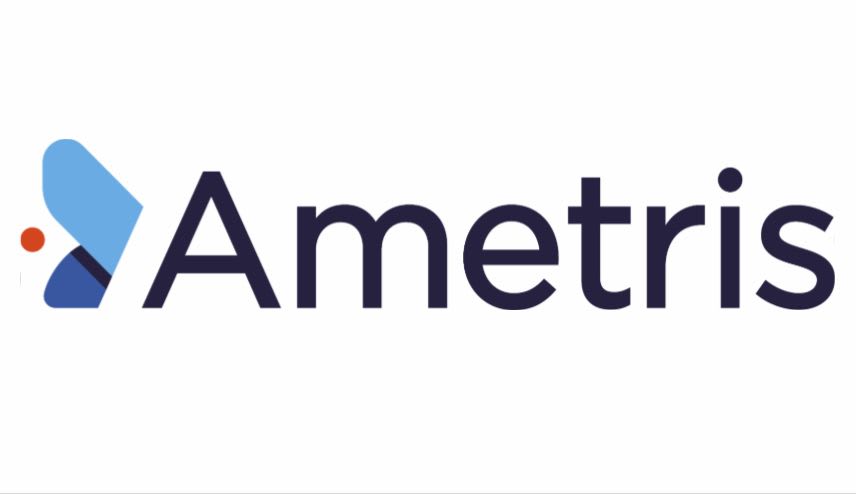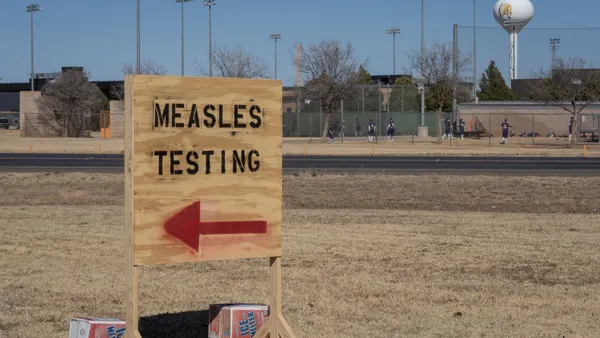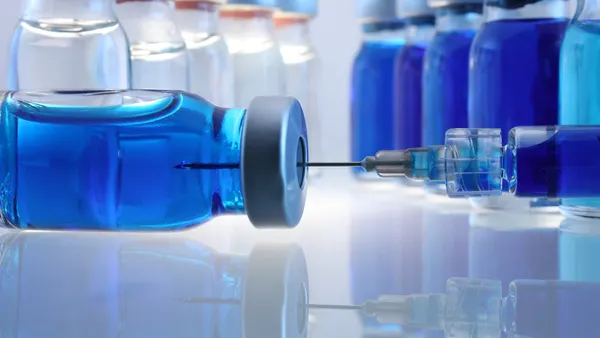Developing an off-the-shelf, allogeneic CAR-T cell therapy, which uses donor rather than patient stem cells, has been a holy grail in the industry for years. But progress in this area, which could reduce the wait time and cost associated with autologous CAR-T cell therapies, has often been beset by disappointments.
Recently, however, Precision BioSciences announced results from a study fueling hope that researchers are closing in on this goal.

In June, the clinical stage biotechnology company that specializes in genome editing technology for cancer and genetic diseases reported promising results from a phase 1/2a trial of its allogeneic CAR-T cell therapy for relapsed patients with aggressive lymphoma. Even more impressively, the treatment, PBCAR0191, demonstrated a 100% response rate and a durability rate that exceeds the current standard of care.
The findings have sparked hope PBCAR0191 may one day become the first allogeneic CAR-T cell therapy to reach the market.
“Most importantly, we are optimistic that, if approved, this could potentially help patients with aggressive lymphomas that relapse after CAR-T treatment. We believe this data is timely and highly relevant. By 2025 the number of autologous CAR-T relapsed patients is expected to grow four- to fivefold based on data from late 2021 that advanced autologous CAR-T into the second line diffuse large B-cell lymphoma (DLBCL) setting,” says Michael Amoroso, CEO of Precision BioSciences.
Seeking an off-the-shelf treatment
For the patients that received Precision’s PBCAR0191, the treatment was a last ditch effort to halt the progression of their aggressive lymphomas, which had returned after other CAR-T cell treatments failed. The current standard of care, which includes chemotherapy, would likely only give them a brief one-to-two-month remission before the disease continued its forward march. However, 100% of the 11 patients responded to the unique one-dose treatment in the Precision study, 73% had a complete response, meaning that there was no evidence of cancer on radiographic imaging, and 50% had a durable response to the treatment of six months or more.
The traditional approach to CAR-T cell therapies — autologous treatments — use harvested T cells from the patient, which are genetically re-programmed to fight cancer cells, and then reintroduced into the body. While this approach has seen much success, with a 35% to 40% cure rate, the process of customizing a treatment for each individual patient has some critical drawbacks, Amoroso says.

Allogeneic CAR-T cell therapies, on the other hand, use cells from healthy donors, promising a less expensive and quicker option. And time is something many cancer patients don’t have.
“A lot of these cancer patients die, unfortunately they are that sick, while waiting for drugs,” he says.
Allogeneic CAR-T treatments have the potential to solve many of these problems. Because the T cells are harvested from healthy donors they may be better quality than those taken from patients with cancer, whose bodies are weakened by treatments and disease. The cell therapy is also created ahead of time and ready to go.
“So, you have a timely, potentially cheaper option,” Amoroso says. “And hopefully better because it’s coming from a healthy donor,” adds Dr. Alan List, chief medical officer at Precision BioSciences.
Overcoming obstacles
But these treatments face a substantial hurdle — getting past the patient’s immune system. Because introducing foreign cells can trigger the immune system to reject them, Precision uses a proprietary genome editing technology called ARCUS, which the company describes as a “novel, highly precise and versatile genome editing technology for DNA genome insertion, deletion, and repair.” This technology has helped enable PBCAR0191 to bypass the immune system and achieve that elusive durable response.
"A lot of these cancer patients die, unfortunately they are that sick, while waiting for drugs."

Michael Amoroso
CEO, Precision BioSciences
“For the first time we think we hit some efficacy parameters that are potentially indicative of being as good as autologous CAR-T, and even better in a certain and specific patient population,” Amoroso says.
While the results show promise, the company is still looking to make improvements. In the earlier of the two treatment groups, there were a significant number of infections, List says.
“It was mainly due to the prolonged suppression of their bone marrow,” he explains.
For the second group of patients treated, researchers made two important changes. First, they lowered the dose of one of the chemotherapy drugs used in the treatment.
“And we went up in cell dose. But not just up in cell dose, we had been working on improvements in manufacturing, so we now had the kind of cells, the optimal cells to give that had the best functional attributes. And that allowed us to move on to the second series of patients that we treated,” List says.
In that second treatment group, five of the six people treated achieved a complete response with better safety outcomes.
“There are still some safety signals we want to clean up to try to be as safe as we humanly can be,” Amoroso says.
Further adjustments, including more reductions in chemotherapy dose, will be made before the third group of patients receive the treatment in the next month or so.
“What we’re most excited about is that we finally reached the same CAR-T peak with PBCAR0191, our allogeneic CAR-T that Yescarta, [an autologous CAR-T treatment] did in the ZUMA-1 trial,” Amoroso says. In that autologous CAR-T trial, patients who experienced a durable response had CAR-T peak expansion levels that hit a specific mark. PBCAR0191 was able to hit that same target, a promising sign, which List says he believes is a first for any allogeneic CAR-T therapy studied.
“We think we're getting really close to a therapeutic option for patients,” Amoroso says.
The company plans to continue treating as many patients as possible this year.
If all goes well, they may reach out to the FDA later this year to chart out a potential towards approval.
“If the patients are getting the right results, we would have to align with the FDA on the total patient number that they would need to see,” he says. “What's the primary endpoint? That's a dialogue we're hoping to have later this year or the very beginning of next.”
The best-case scenario is to have an option for the FDA to review by the end of next year or the early half of 2024.
“But that completely depends on the number of patients the FDA wants to see from us. So, it’s tough to predict but I’m hoping fingers crossed that it continues to go well,” List says.












